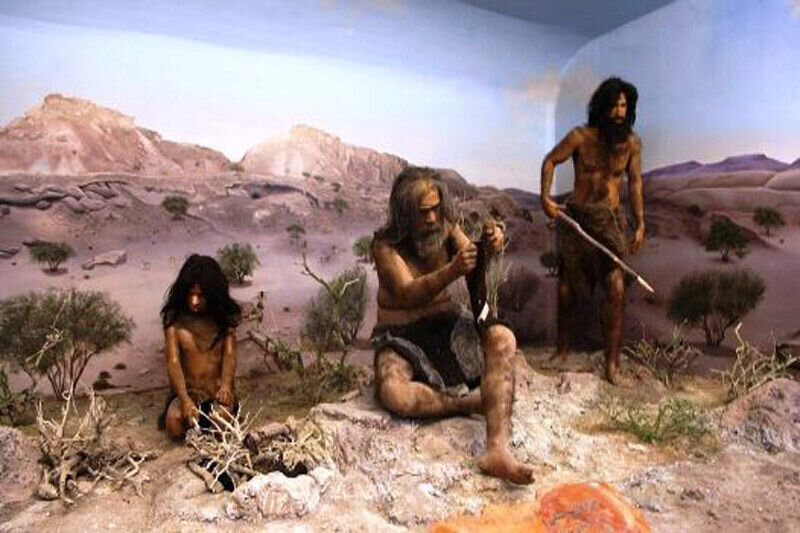Neanderthal-era tooth to go on show in Qazvin

TEHRAN – A fossilized tooth, which is amongst earliest evidence of Neanderthal settlements in the Iranian plateau, will be displayed at a museum in Qazvin, west-central Iran, where it was discovered in a nearby cave.
“Early human’s tooth discovered in this cave [Qal-e Kord Cave in Avaj county] has been sent to two laboratories in France and the United States, and the results of radiocarbon dating experiments show that it relates to the oldest-known Neanderthal civilization in Iran,” IRNA quoted provincial tourism chief Alireza Khazaeli as saying on Saturday.
In November 2018, the first season of the joint Iran-France archeological exploration led to the discovery of over 6,000 cultural pieces in the area. It also yielded bone remains of horse, deer, bear, and many stone tools belonging to the Middle Paleolithic period (between 200,000 up to 40,000 years ago).
A 2019 study published in the Journal of Human Evolution, suggests that Neanderthals were roaming at the Iranian Zagros Mountain sometimes between 40 to 70 thousand years ago.
Until the late 20th century, Neanderthals were regarded as genetically, morphologically, and behaviorally distinct from living humans. However, more recent discoveries about this well-preserved fossil Eurasian population have revealed an overlap between living and archaic humans.
Neanderthals lived before and during the last ice age of the Pleistocene in some of the most unforgiving environments ever inhabited by humans. They developed a successful culture, with a complex stone tool technology, that was based on hunting, with some scavenging and local plant collection. Their survival during tens of thousands of years of the last glaciation is a remarkable testament to human adaptation.
AFM/MG
Leave a Comment